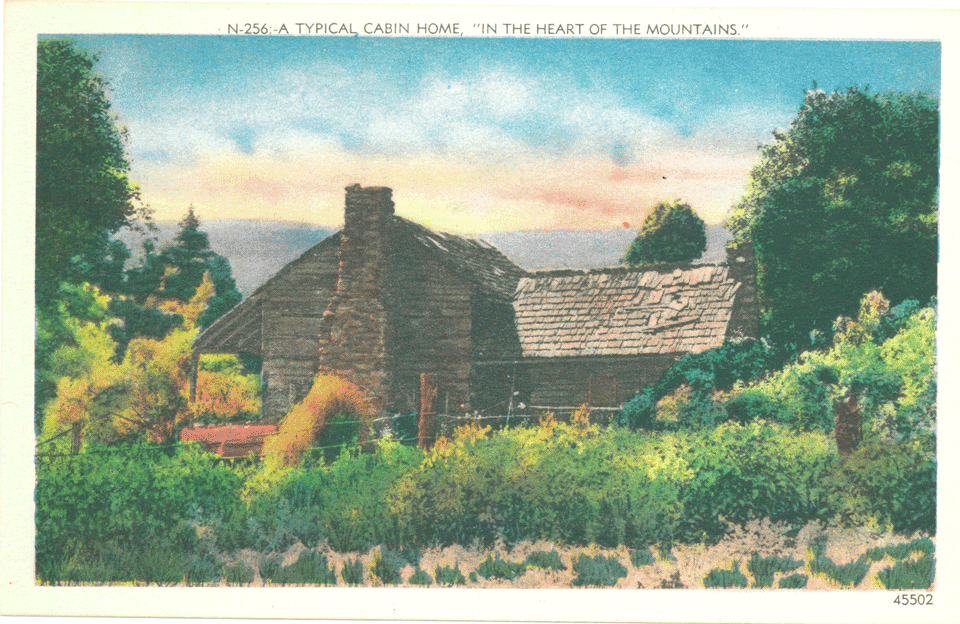Our biggest complaint about Vermont is that it's so far from home! On this trip, we visited a farm in Woodstock, the quaint town of Middlebury, and Ben & Jerry's Factory...
Sugarbush Farm
What do you think of when I say 'Vermont?' Skiing? Fall foliage? My children think of good maple syrup! We decided to go to a local farm and see just how this yummy breakfast staple makes its way to our table...
Sugarbush Farm is in Woodstock...but, while it's residents tend to be crunchy granola-types, it's not that Woodstock. The farm is quite productive, with cheese, syrup, jams & jellies, and other maple-based treats. They give fascinating cheese-making demonstrations about their different cheeses.
They also let you sample as much cheese and syrup as you can handle! (Happy bellies = happy children) With fifteen cheeses, and four types of syrup, to choose from, it's easy to fill up quickly!
After all those samples, we needed a little exercise. The farm has a nature trail set up that includes information plaques about making maple syrup. We learned about the differences between sugaring in the 19th century and today's drip-line process. At the end of the hike, we watched a ten-minute video about sugaring. (Had we paid attention to the signs, this would have been first...)
The boys took the Sap Carrying Challenge, and found out just how difficult it is to carry five pound buckets of syrup through the 'white and drifted snow.'
We couldn't see and smell all that syrupy goodness without taking some home, so we hit the farm store and picked up some organic cheese and a gallon of very robust and yummy syrup!
Ben & Jerry's
Driving through Northern Vermont, we found the mother ship....Ben & Jerry's ice cream factory! Did you know that they have 45 flavors and 33 retired flavors? That's a lot of taste-testing, but we were up to the challenge.
After taking the factory tour to see the production line and learn about how they make their secret-formula ice creams, we headed into the tasting room. (No photos are allowed in the touring area.) After tasting, we headed out for the nature walk to visit all of the iconic Ben & Jerry's images.
Finally, we wrapped up this stop with a trip to the flavor graveyard, where retired flavors are buried. I always wondered what happened to my favorite flavor from younger days...now I know! Some of the flavors buried here were so absurd, it was hard to imagine how they were created in the first place.
Middlebury
This stop was prompted by sheer exhaustion. We'd meant to get further down the road, but are so glad that we took a break. This is the quaintest, sweetest little town!!
We found a room at a the Middlebury Inn, a historic site that's not nearly as expensive as you might think! The rooms are three times the size of a typical hotel room, the atmosphere is relaxed and inviting, and it's a just a short walk to town. The kids were excited about getting "a hotel that's also a museum!!" The inn is full of antiques from it's past lives. Seriously, check out the size of these rooms!!!
Dinnertime was fast approaching, so we asked the front desk for a recommendation (locals always know the best joints), and headed out along the train tracks for some special pizza. This place used only organic, locally-grown ingredients, and had reasonable prices. Good deal.
After dinner, we went exploring. The weather was perfect, and the area is beautiful! We discovered waterfalls, the church from the hotel lobby postcard, and the world's largest Adirondack chair.
We wanted to explore the hotel as well, and headed back to look at their antiques and photos. The boys got a lesson in operating the 19th century elevator, discovered a room full of "cool, old books," and sat down for evening tea in the parlor.Mom and Dad made an executive decision to take tea out to the wrap-around porch, where we relaxed and watched a perfect sunset. It was one of those nights that leaves you incapable of believing there isn't some higher power.
He also told us about the supposed ghosts and hauntings at the inn. Not to fear - the only unusual things I encountered were these 'ghosts' that came out of the closet and after their Daddy. Funny thing about these ghosts...they happened to be quite ticklish!


















































